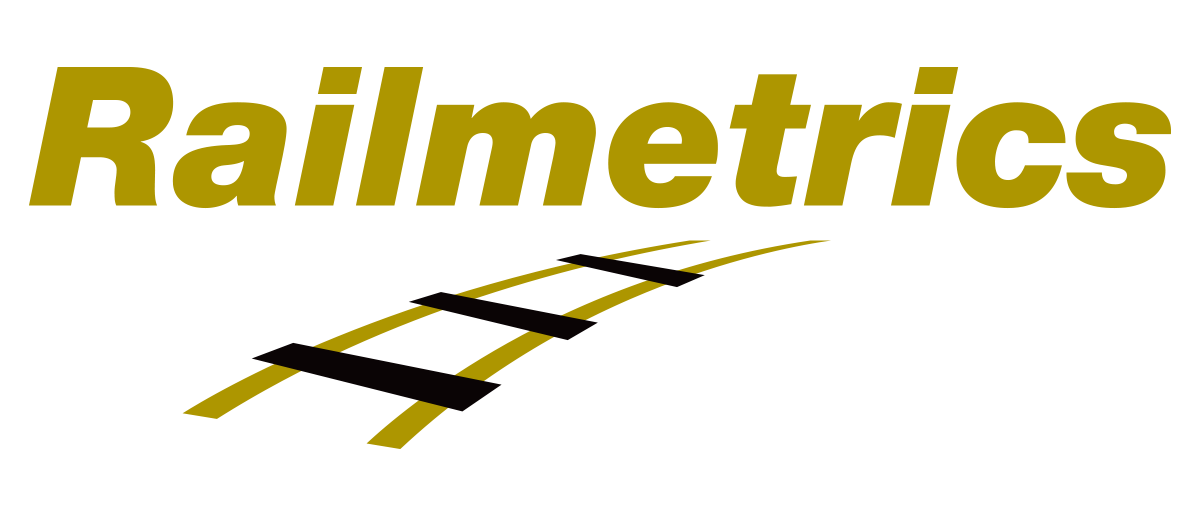
Click the products to learn more.

Vibrating Wire Sensor Node with Piezometer
The Vibrating Wire Sensor Node supports a variety of interface sensors such as crack or strain gauges and extensometers.
Here it is connected to a piezometer and prevents the need for manual logging by transmitting data on pore water pressure and groundwater level variations.
Get more information
FlatMesh 4G Gateway
The FlatMesh 4G Gateway provides all the functionality required to operate a wireless sensor network in a remote location. With a solar panel, no fixed power supply is required. Data is transmitted from the sensors to the Gateway and onwards to a secure cloud-based server and data management platform.
Get more information
NanoMacro Triaxial Tilt Sensor Nodes
The Nano delivers the same precise measurements as our IX Triaxial Tilt Node in a more compact, robust enclosure, and offers more user-interaction. With no external antenna, the Nano is ideal for the most challenging environments.
Here the Nano is installed on a concrete crane base to monitor stability.
Get more information
Optical Displacement Sensor Node
The ODS combines a tilt meter and a laser displacement sensor. Together they provide information about the stability of the structure the sensor is fixed to and the relative movement of a target structure.
Here the ODS measures the stability of the steel building frame as well as the deformation of the concrete floor below.
Get more information
PT100 RTD Sensor Node
The PT100 RTD Sensor Node enables precise temperature monitoring and can be supplied with an integrated triaxial tilt sensor.
Here the PT100 is installed on a steel beam for combined tilt and temperature sensing.
Get more information
Tilt Beams with Nano Triaxial Tilt Sensor Nodes
The Tilt Beam can be mounted in any orientation and rapidly deployed in single or daisy-chained configurations. Tilt sensor nodes fixed to beams allow movement to be assessed over a wide zone to provide a comprehensive assessment.
Here the sensors are monitoring for rotational stability of the excavation pit.
Get more information
Multichannel Vibrating Wire Sensor Nodes with strain gauges
The Vibrating Wire Sensor Node supports a variety of interface sensors such as crack or strain gauges and extensometers.
Here it is connected to a strain gauge to prevent the need for manual monitoring by transmitting data over a wireless network.
Get more information
Millivolt Sensor Node
The Millivolt Sensor Node enables a variety of structural and geotechnical sensors to be integrated into a wireless monitoring system.
Load pins are just one example. A node cap helps protect the antenna in a busy construction site.
Get more information
Optical Displacement Sensor Node
The ODS combines a tilt meter and a laser displacement sensor. Together they provide information about the stability of the structure the sensor is fixed to and the relative movement of a target structure.
Here the ODS measures the stability of the excavation pit wall as well as any lateral movement.
Get more information
Crack Sensor Node
The Crack Sensor Node is used to monitor structural behaviour including the development of cracks in concrete or masonry, movement of expansion joints and pile separation.
Here it is monitoring the movement of a crack on the building facade.
Get more information
Tilt Beams with Nano Triaxial Tilt Sensor Nodes
The Tilt Beam can be mounted in any orientation and rapidly deployed in single or daisy-chained configurations. Tilt sensor nodes fixed to beams allow movement to be assessed over a wide zone to provide a comprehensive assessment.
Here the sensors are monitoring for rotational stability of the building.
Get more information
NanoMacro Triaxial Tilt Sensor Nodes
The Nano delivers the same precise measurements as our IX Triaxial Tilt Node in a more compact, robust enclosure, and offers more user-interaction. With no external antenna, the Nano is ideal for the most challenging environments. Here the Nano is installed on an historic building to monitor stability.
Get more information
Optical Displacement Sensor Node
The ODS combines a tilt meter and a laser displacement sensor. Together they provide information about the stability of the structure the sensor is fixed to and the relative movement of a target structure.
Here the ODS measures tunnel convergence.
Get more information
Tilt Beams with Nano Triaxial Tilt Sensor Nodes
The Tilt Beam can be mounted in any orientation and rapidly deployed in single or daisy-chained configurations. Tilt sensor nodes fixed to beams allow movement to be assessed over a wide zone to provide a comprehensive assessment.
Here the sensors are monitoring for convergence in the tunnel.
Get more information
Digital Interface Node
The Digital Interface Node is a wireless digital data logger that enables automated sampling. It is compatible with many types of sensor that carry a digital output. Interact and manage your data online and change reporting times and thresholds remotely.
Here the Digital Interface Node is connected to a piezometer.
Get more information











.jpg)


























